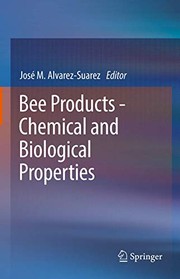First record of small hive beetle, Aethina tumida Murray, in South America (2017)
Source: Journal of Apicultural Research. Unidade: ESALQ
Subjects: ABELHAS, BESOUROS, COLMEIAS



ABNT
AL TOUFAILIA, Hasan et al. First record of small hive beetle, Aethina tumida Murray, in South America. Journal of Apicultural Research, v. 56, n. 1, p. 76-80, 2017Tradução . . Disponível em: https://doi.org/10.1080/00218839.2017.1284476. Acesso em: 01 out. 2024.APA
Al Toufailia, H., Alves, D. A., Bená, D. de C., Bento, J. M. S., Iwanicki, N. S. A., Cline, A. R., et al. (2017). First record of small hive beetle, Aethina tumida Murray, in South America. Journal of Apicultural Research, 56( 1), 76-80. doi:10.1080/00218839.2017.1284476NLM
Al Toufailia H, Alves DA, Bená D de C, Bento JMS, Iwanicki NSA, Cline AR, Ellis JD, Ratnieks FLW. First record of small hive beetle, Aethina tumida Murray, in South America [Internet]. Journal of Apicultural Research. 2017 ; 56( 1): 76-80.[citado 2024 out. 01 ] Available from: https://doi.org/10.1080/00218839.2017.1284476Vancouver
Al Toufailia H, Alves DA, Bená D de C, Bento JMS, Iwanicki NSA, Cline AR, Ellis JD, Ratnieks FLW. First record of small hive beetle, Aethina tumida Murray, in South America [Internet]. Journal of Apicultural Research. 2017 ; 56( 1): 76-80.[citado 2024 out. 01 ] Available from: https://doi.org/10.1080/00218839.2017.1284476





